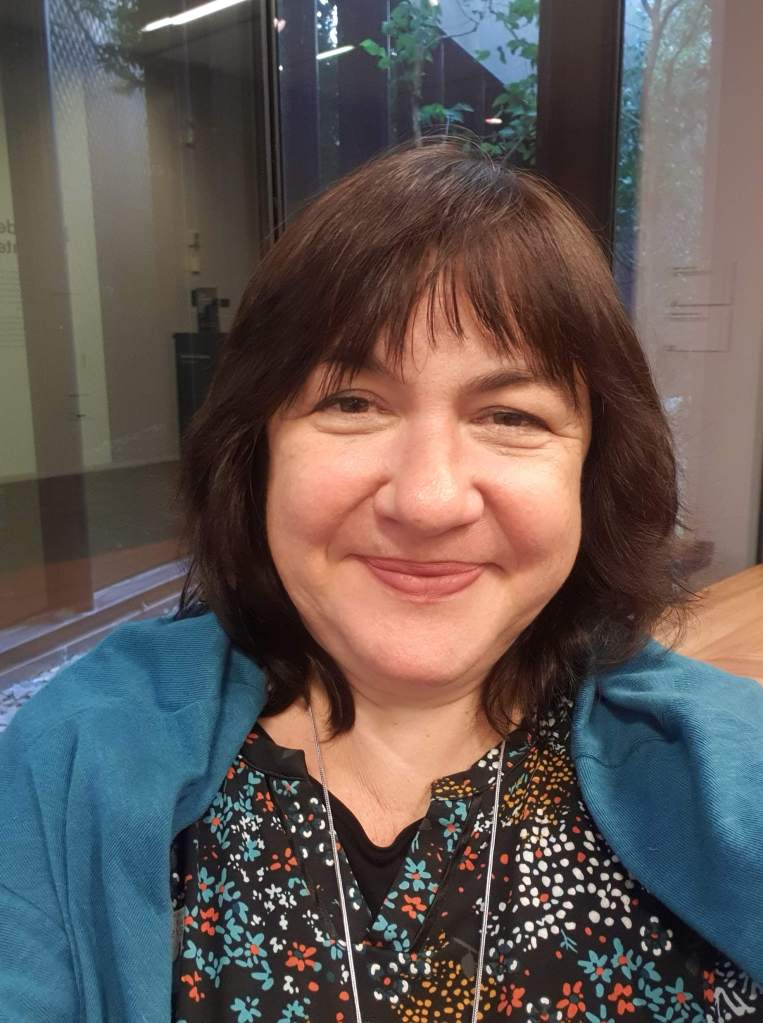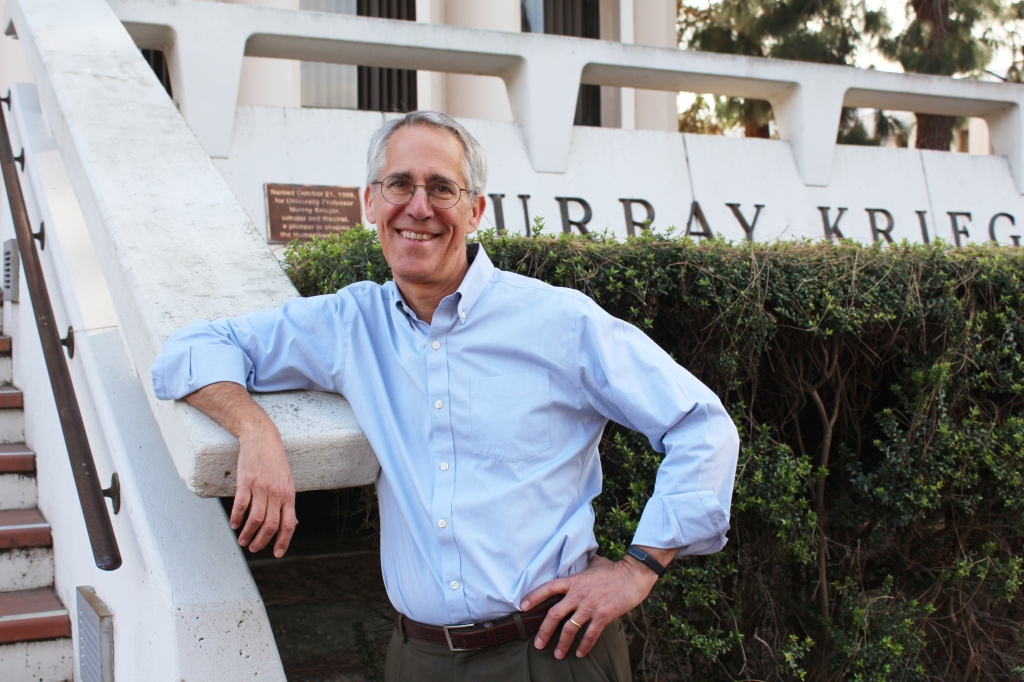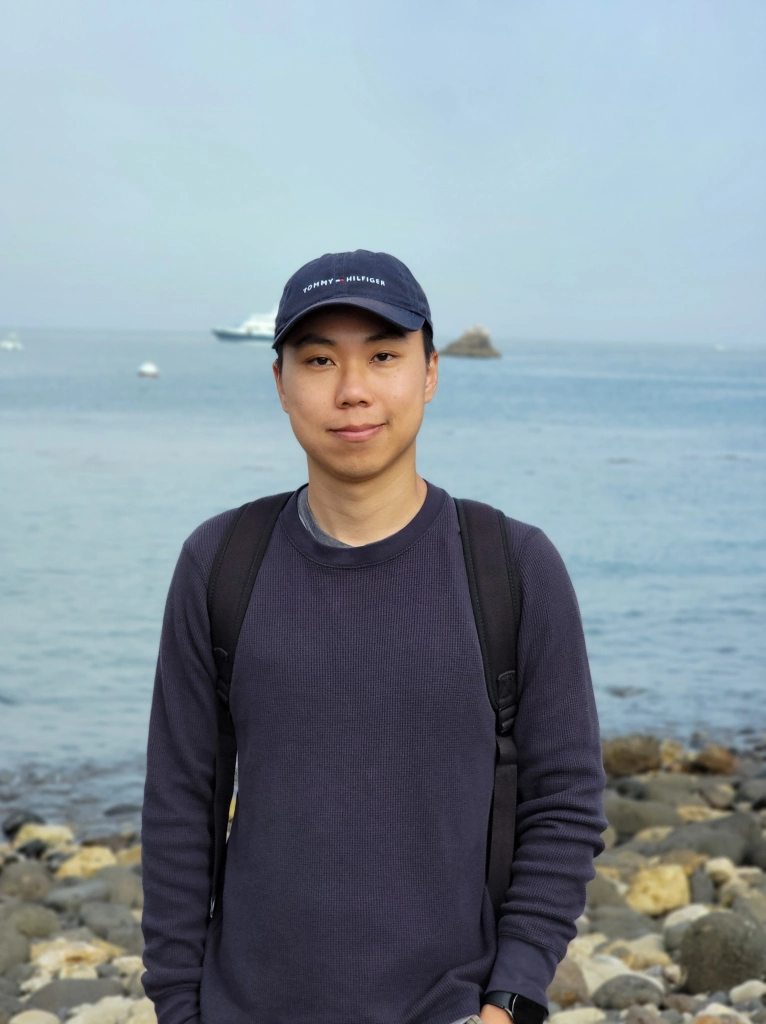Silvana Rachieru on April 2, Tuesday 12-1.30PM
Jeff Wasserstrom on April 22, Monday 12-1.30PM
Yiming Ha on June 3, Monday 12-1.30PM
(scroll down for their bios and abstracts!)
Follow us on Twitter @UCLAHist_BBag

Silvana Rachieru, April 2 2024 Tue 12PM
“From “the Bad Foreigner to the Good Relative”: Romanian Elite and Ottoman Greeks at the End of the 19th Century”
(Abstract coming soon)
Silvana Rachieru holds a PhD in History (2010, University of Bucharest) and MA in History (1998, Central European University Budapest) and is an historian of the Ottoman Empire and specialist on social and diplomatic history of the Ottoman Empire and Romanian-Ottoman relations during “the long 19 th century”. She is director of the Center for Turkish Studies – FHUB and has expertise in cultural diplomacy and cultural management at the Romanian Cultural Institute in Istanbul (project coordinator, deputy director, director – 2006-2015). Author of articles on the Romanian-Ottoman diplomatic relations after 1878, Ottoman perspective on modernization of the Old Kingdom of Romania and modern gender history in Romania and of the book Ottoman Diplomats and Subjects in the Old Kingdom. Ottoman-Romanian Relations between 1878 1908 (Romanian, Iasi, 2018).
Her current project in the History Department of UC Berkeley is Post-Phanariot Relationship of Ottoman Rums and Romanians at the End of the 19th century: Cultural Interactions and Regional Networks and focuses on the connections between these two elites, who played an important role on the development of both Romania and the Ottoman Empire. The main aim of this research project is to create a picture of a specific case of elite network in the region, in order to recall the transnational lives of the 19th century elites, in this case divided between Bucharest, Constantinople and main European capitals, especially Paris.

Jeff Wasserstrom, April 22 2024 Mon 12-1.30PM
Was There A Chinese Revolution?
Midway through the nineteenth century, Thomas Meadows, an English writer on Chinese affairs, described the country’s people as the “least revolutionary and most rebellious” in the world. Marx and Weber also wrote about China in a way that made it seem an unlikely place to ever have a central place in discussions of the phenomenon of revolution. The events of the pre-World War I and post-World War II eras would transform this situation, as one set of Chinese revolutionaries toppled the Qing in 1911 and established the Republic of China in 1912, then another set of Chinese revolutionaries drove Chiang Kai-shek’s ruling National Party into exile on Taiwan and founded the People’s Republic of China in 1949. The question in this paper’s title is not meant to suggest that there is any doubt now about China’s populace being a potentially and at times actually a revolutionary force. Nor is there any doubt now, thanks to figures such as Sun Yat-sen and Mao Zedong, about China being a country where previously circulating revolutionary ideas are adopted and adapted and new ones created. What this paper will explore, though, is whether it is most useful to think about there was in the 20th century A Chinese Revolution (or an event worth describing as The Chinese Revolution), singular and upper case, and if so when such a big event began and ended, or whether instead we should think about multiple Chinese revolutions (clearly separable even if interrelated). This is no simple matter to sort out, in part because the standard four character Chinese term that combines two meaning the country and two meaning “revolution” can be translated equally well as to suggest a single event or more than one. There is more to it than that, however, if we keep in mind such as things as it is common for scholars to refer to China as having had a Republican Revolution and a Communist Revolution (and sometimes also a National Revolution in the middle of the 1920s), but also to find major works on comparative revolution (e.g., Theda Skopol’s) that consider all of these parts of a single social revolution lasting from 1911 to 1949 that can be placed beside events of much shorter duration in France and Russia (ignoring in her case her own stipulation that a defining characteristic of the great social revolutions includes that they change the societies in question rapidly). It is also striking that in the 1970s, we can find both Mao, on one side of the Taiwan strait, and Chiang Kai-shek, on the other, referring to themselves as leading revolutionary parties that were committed to carrying The Chinese Revolution to its conclusion.
(Note: this paper is the draft of a chapter written for inclusion in a volume on comparative revolutions edited by Hiroshi Mitani, a Japanese scholar of the Meiji transformations that are usually called a “restoration” but that he insists be classified as a “revolution” instead. The volume will have chapters on not just the French Revolution associated above all with the year 1789, the Russian Revolution associated above all with the year 1917 as well as the American one associated with 1776, but also less events less commonly included in such enterprises, such as the Iranian Revolution associated above all with 1979. Contributors have been asked to pay particular attention to how violent the case study they are focusing on was and how that violence relates to the tone and content of the rhetoric and ideology of the event. So in addition to grappling with issues of definitions, categorization, and length, the paper will explore the way that assessments of issues of violence and rhetoric and ideology vary widely depending on how those issues are handled. Even the fact that it is no simple matter to point to a single year as the one “association above all” with this case study, unlike the others mentioned above, is telling.)
Jeffrey Wasserstrom is the Chancellor’s Professor of History at UC Irvine. His most recent books are, as author, Vigil: Hong Kong on the Brink (Columbia Global Reports, 2020) and, as editor, The Oxford History of Modern China (Oxford, 2022). Last year, he spent three months at Birkbeck College as a Leverhulme Visiting Professor and served as an advisor to “China’s Hidden Century,” the British Museum’s first major exhibition on the Qing Empire. In addition to writing for academic journals, he often contributes to newspapers, literary reviews, and magazines, and co-edits the China section of the Los Angeles Review of Books.

Yiming Ha, June 3 2024, Monday, 12-1.30PM
Yiming Ha is a Ph.D. candidate in the Department of History at the University of California, Los Angeles. His current research is on military mobilization and empire-building in China between the thirteenth and sixteenth centuries, focusing on how military institutions changed over time, how the state responded to these changes, the broader implications that the military had on the state, and how developments in China compared to other places in Eurasia. His project highlights in particular the role of the Mongol-Yuan in introducing an alternative form of military mobilization that radically transformed the Chinese state. He is also interested in military history, nomadic history, comparative Eurasian state-building, and the history of maritime interactions in early modern East Asia. He received his BA from UCLA and his MPhil from the Hong Kong University of Science and Technology. He is the founder and host of The Chinese History Podcast and the book review editor for the journal Ming Studies.
Leave a comment